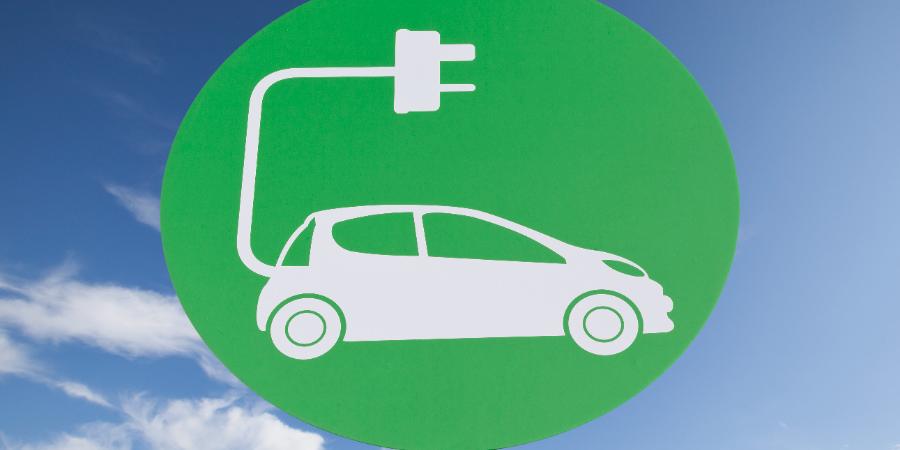
IRS Issues Confusing Guidance on Revamped EV Credit
The Inflation Reduction Act of 2022, P.L. 117-169, revised the credit for electric vehicles (EVs). For vehicles purchased in 2023 through 2032, a credit of up to $7,500 is available to buyers of new qualified plug-in EVs or fuel cell electric vehicles. For many car buyers, this credit will be vital in making the decision to purchase an EV.
First, to qualify for the credit, a married, filing jointly, taxpayer must have no more than $300,000 in modified gross income (either for the year of delivery or the year before delivery) and must purchase a qualifying EV.
Qualifying EVs are new vehicles, meeting the EV requirements that are assembled in North America by a qualified manufacturer and are under the MSRP cap. The MSRP cap is $80,000 for vans, SUVs, and pickup trucks and $55,000 for all other qualifying vehicles. (You can check whether a vehicle meets the manufacturer and assembly requirements by entering the VIN in the Department of Energy’s Alternative Fuels Data Center website.)
The guidance issued by the IRS has created confusion among consumers and manufacturers. Many vehicles that most would describe as an SUV, falling under the $80,000 MSRP cap, have been classified as cars by the IRS, subjecting these EVs to the $55,000 MSRP cap.
For example, the Tesla Model Y would be described by most as an SUV. The base Model Y has a starting MSRP of $53,490, which falls under either MSRP cap. The IRS classifies this 5-seater as a car. This means that if a consumer selects the Red Multi-Coat is as the color, thereby increasing the MSRP by $2,000, that Tesla Model Y would not qualify for the credit. However, if the $4,000 option for the 7-seat layout is selected, the Model Y transforms to an SUV, making it available for the $80,000 MSRP cap. Therefore, be sure to check the model and options to ensure that your chosen vehicle qualifies for the EV credit.
In designating these classifications, the Treasury Department used the Corporate Average Fuel Economy (CAFE) Standards. The CAFE Standards and the regulations designate light-duty vehicles as sedans, car SUVs, Truck SUVs, vans, and pickup trucks. The IRS classified car SUVs as cars, not SUVs. One key factor used to designate whether a vehicle is a truck SUV under the CAFE Standards is whether it has a foldable third row seating. Any two-row vehicles without four-wheel drive and under 6,000 pounds are classified as cars. Vehicles with four-wheel drive or over 6,000 pounds must meet a series of clearances and driving angles for truck SUV classification. In other words, the IRS has determined that the same vehicle with an extra row can become an SUV.
Other vehicles that would normally be described as SUVs, but have been designated as cars by the IRS, include the Cadillac Lyriq, the Ford Mach-E and Escape Plug-In Hybrid, the Lincoln Corsair, and the FWD versions of the Volkswagen ID.4.
In sum, before purchasing a new EV, the consumer should ensure that not only the model qualified for the $7,500 credit, but the options selected and the price point meet the requirements, as well.

